Have you ever wondered if that unusual bug in your backyard could be the next ecological disaster waiting to happen? Right now, while you’re reading this, millions of tiny invaders are crossing borders, stowing away in cargo ships, and establishing themselves in new territories where they don’t belong. These invasive insects aren’t just a minor inconvenience – they’re silent destroyers capable of wiping out entire forests, devastating crops worth billions of dollars, and fundamentally altering ecosystems that took millennia to develop. But here’s the incredible part: you, as an ordinary citizen with nothing more than a smartphone and curiosity, could be the first line of defense against these ecological catastrophes.
The Hidden Army of Destruction

Invasive insects represent one of the most underestimated threats to global ecosystems, yet their impact rivals that of climate change in terms of ecological disruption. These tiny creatures arrive in new environments without their natural predators, parasites, or diseases that normally keep their populations in check. The result is explosive population growth that can devastate native species and alter entire food webs within just a few seasons. Take the emerald ash borer, for example – this metallic green beetle has killed hundreds of millions of ash trees across North America since its accidental introduction from Asia in the early 2000s. What makes this particularly heartbreaking is that early detection could have prevented much of this destruction, but by the time scientists noticed the problem, it was already too late to contain.
Why Traditional Monitoring Falls Short

Government agencies and research institutions simply don’t have enough boots on the ground to monitor every corner of our vast landscapes for emerging invasive species. Scientists estimate that for every invasive species we know about, there are likely several more that remain undetected in their early stages of establishment. Professional monitoring programs are limited by funding constraints, personnel shortages, and the sheer impossibility of being everywhere at once. This creates dangerous gaps in our early warning systems, allowing invasive populations to grow and spread before they’re even noticed. The time between initial establishment and detection often spans several years, during which these invaders can reproduce exponentially and become virtually impossible to eradicate.
The Power of Citizen Observers

Enter citizen science – a revolutionary approach that transforms everyday people into the eyes and ears of scientific research. Unlike traditional monitoring, citizen science harnesses the collective power of millions of nature enthusiasts, gardeners, hikers, and curious individuals who spend time outdoors. These volunteer observers can provide coverage that no government agency could afford, monitoring parks, backyards, hiking trails, and urban green spaces across entire continents. The beauty of this approach lies in its scale and consistency – while a single researcher might visit a location once or twice a year, local citizens interact with their environment daily. This constant observation dramatically increases the likelihood of catching invasive species during their vulnerable early establishment phase, when management actions can still be effective.
Technology Meets Grassroots Conservation
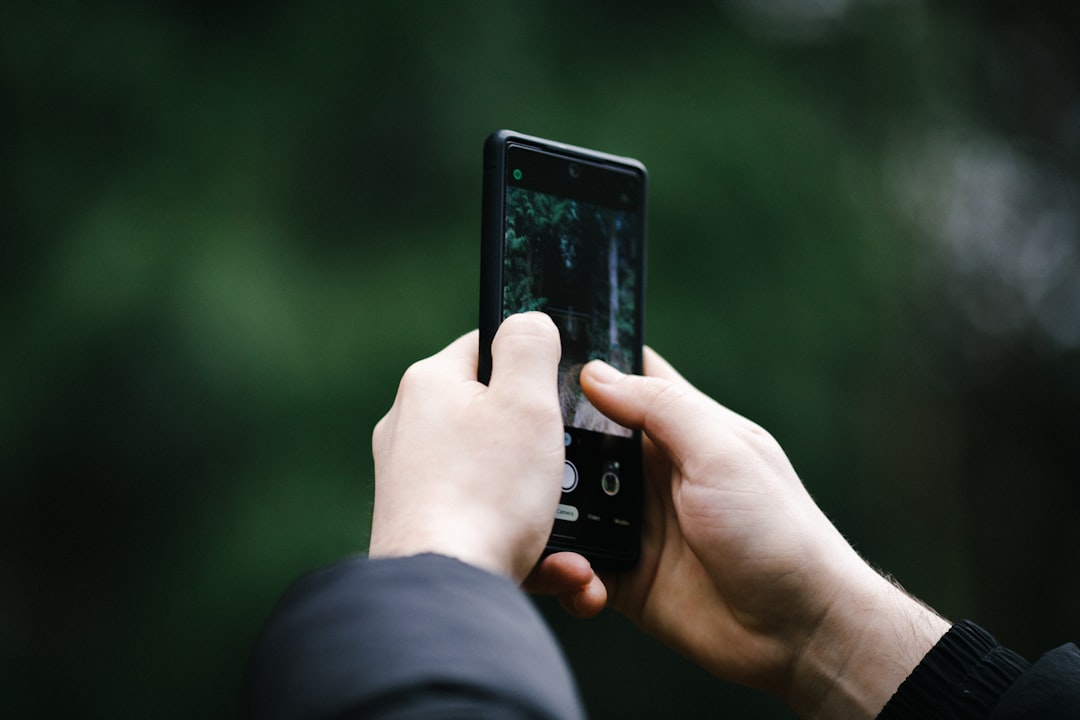
Modern technology has transformed citizen science from a well-intentioned but limited endeavor into a sophisticated data collection network. Smartphone apps like iNaturalist, Seek, and specialized invasive species reporting platforms allow users to photograph unknown insects and receive expert identification within hours or days. These platforms use artificial intelligence to provide instant preliminary identifications, while connecting users with networks of professional entomologists and taxonomic experts. GPS technology automatically records precise location data, creating detailed maps of species distributions that would take researchers decades to compile through traditional methods. The integration of social media elements encourages participation and creates communities of engaged observers who share knowledge and experiences.
Recognizing the Red Flags
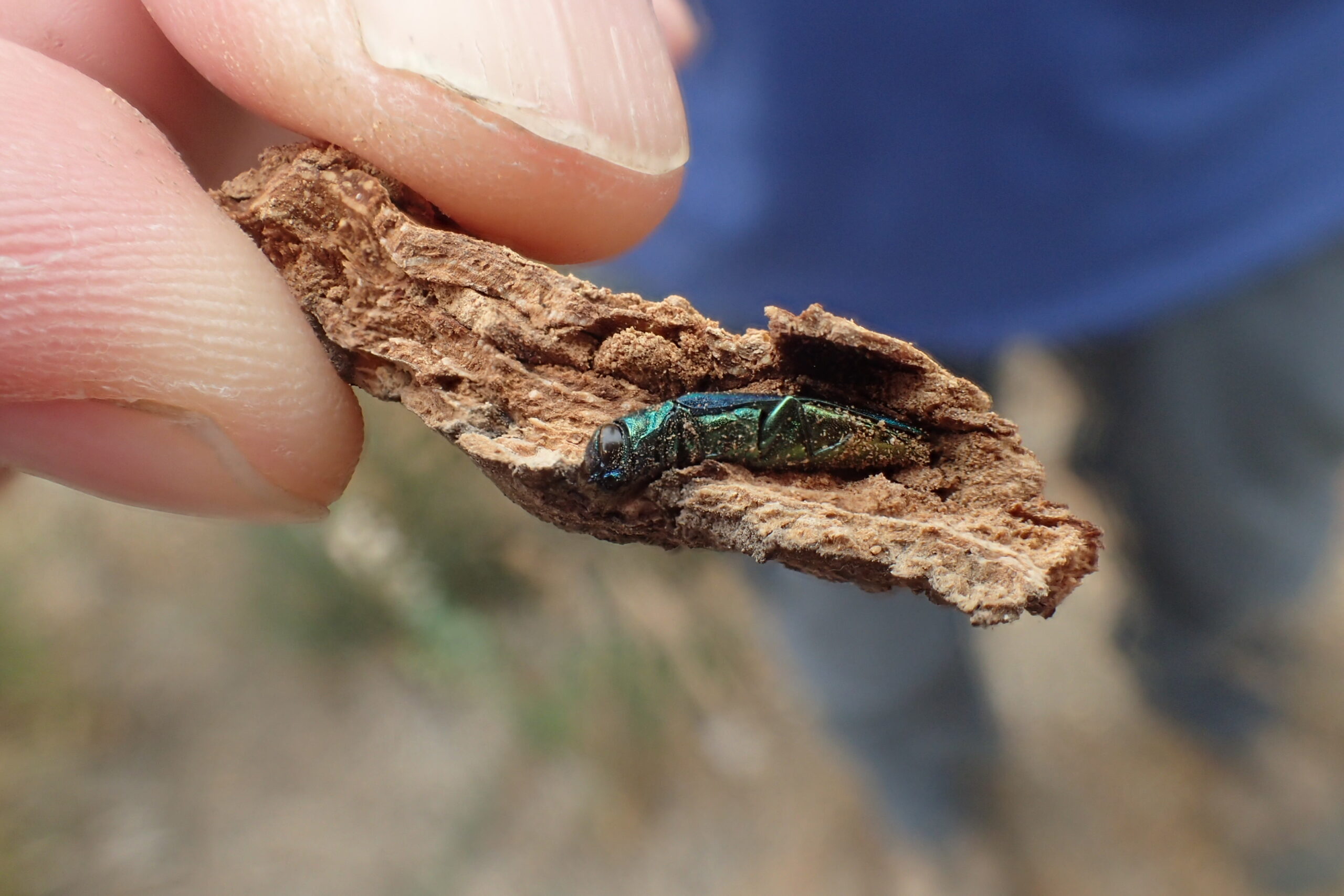
Learning to identify potentially invasive insects doesn’t require a PhD in entomology – it just takes knowing what warning signs to look for. Invasive species often display certain characteristics that make them stand out from native fauna, such as unusual coloration, aggressive behavior, or presence in unexpected habitats. Many invasive insects lack the subtle variations and imperfections that characterize native species, appearing almost artificially uniform in their appearance. Look for insects that seem “out of place” – tropical-looking species in temperate climates, or creatures that appear in large numbers suddenly when you’ve never seen them before. Pay attention to damage patterns on plants that don’t match those caused by familiar local insects, as invasive species often feed differently than native herbivores.
The Spotted Lanternfly Success Story

The ongoing battle against the spotted lanternfly demonstrates both the potential and the challenges of citizen-based early detection. This colorful planthopper, native to Asia, was first discovered in Pennsylvania in 2014, likely having arrived as egg masses on imported stone materials. Quick-thinking citizens who reported unusual insects and plant damage helped researchers track the spread of this invasive species across multiple states. Public awareness campaigns teaching people to recognize and report spotted lanternflies have been crucial in mapping their distribution and implementing control measures. However, the species continues to spread, highlighting that even successful citizen science efforts require rapid follow-up action from management agencies to be truly effective.
Asian Giant Hornets and Public Vigilance
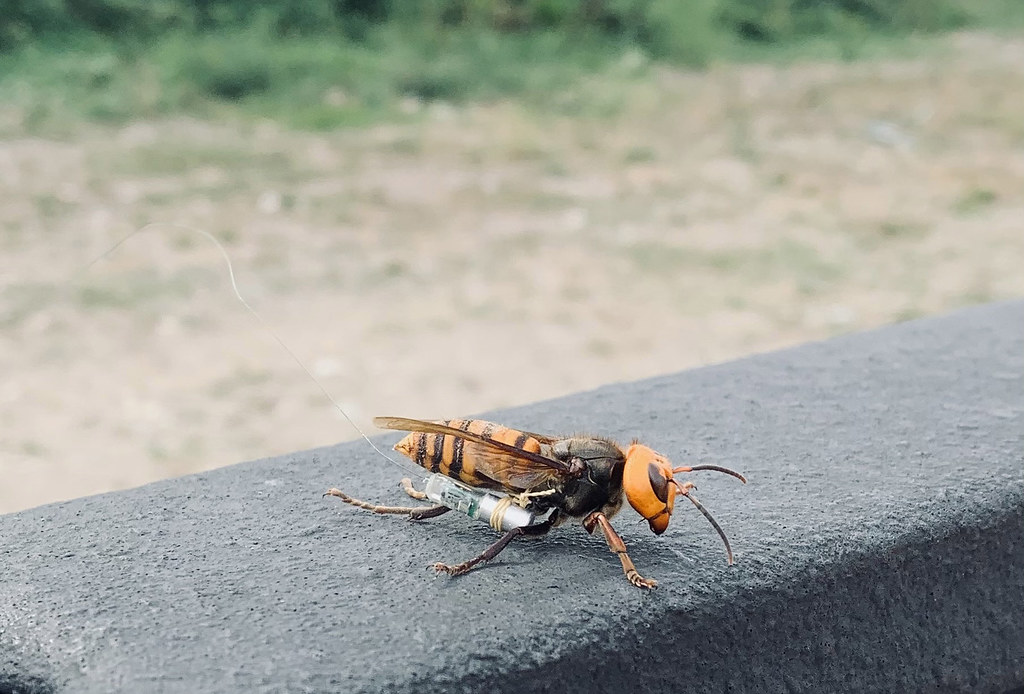
The discovery of Asian giant hornets in North America perfectly illustrates how citizen reports can trigger crucial scientific responses. When beekeepers and concerned citizens began reporting unusually large hornets and mysterious bee colony collapses, their observations led to the confirmation of this invasive species’ presence. These “murder hornets,” as they became sensationally known, pose serious threats to native bee populations and human safety due to their potent sting. Citizen reports provided the initial alerts that allowed researchers to locate and destroy several nests before the species could establish widespread breeding populations. The intense public interest and media coverage, while sometimes creating unnecessary panic, also generated unprecedented levels of citizen engagement in invasive species monitoring.
Simple Tools for Big Impact

You don’t need expensive equipment to become an effective citizen scientist – your smartphone is already one of the most powerful tools available for invasive species detection. A good camera function, preferably with macro capabilities, allows you to capture the detailed images needed for accurate identification. Keep a small ruler or coin in your pocket to provide size reference in photographs, as scale is crucial for distinguishing between similar species. A magnifying glass can help you observe fine details like wing patterns, antennae structure, and leg characteristics that experts use for identification. Most importantly, develop the habit of paying attention to your surroundings and noting when something seems different or unusual in familiar environments.
Photography Tips for Species Documentation

Taking useful photographs of insects requires a few simple techniques that can make the difference between a helpful report and an unusable image. Always try to capture multiple angles – top view, side profile, and head-on shots provide different diagnostic features that experts need for accurate identification. Focus on getting at least one sharp, well-lit image rather than many blurry photos, and avoid using flash when possible as it can wash out important color details. Include something for scale reference, whether it’s a coin, your finger, or the leaf the insect is resting on. Don’t forget to photograph any damage the insect might be causing to plants, as feeding patterns and damage symptoms are often as diagnostic as the insect itself.
Where to Look and When

Invasive insects often appear first in areas with high human activity and transportation infrastructure, making airports, shipping ports, and major highways prime locations for early detection. Garden centers, botanical gardens, and areas with imported plants or materials frequently serve as introduction points for new species. Pay special attention to disturbed habitats, urban edges, and areas where different ecosystem types meet, as these environments often favor invasive species over native ones. Timing your observations can be crucial – many invasive insects have different life cycles or activity patterns than native species, sometimes appearing during seasons when similar native species are dormant. Early morning and late afternoon often provide the best opportunities for insect observation, as many species are most active during these cooler periods.
Understanding Ecological Context
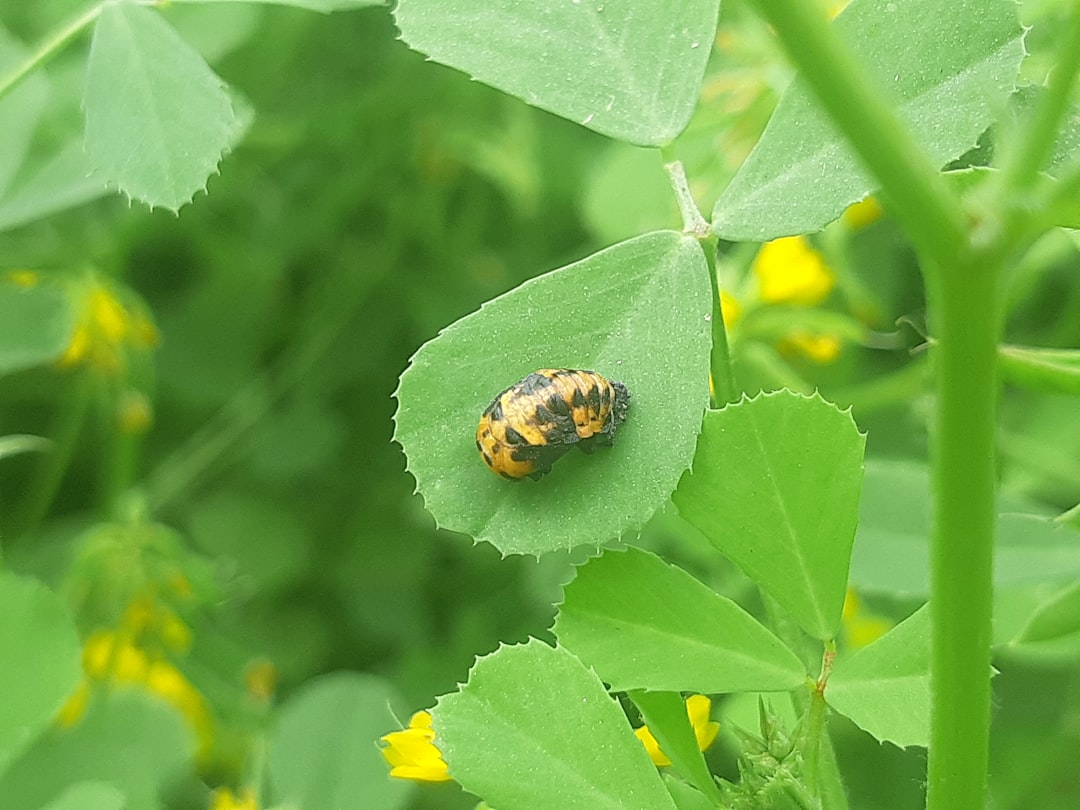
Effective invasive species detection requires understanding the basic ecological relationships in your area, but this knowledge can be gained gradually through observation and participation in citizen science programs. Learn to recognize the native insects that are common in your region, as this baseline knowledge makes it easier to spot something unusual or out of place. Understand the typical plant-insect associations in your area – for example, if you see insects feeding on plants they don’t normally use, this could indicate an invasive species or a native species expanding its host range. Pay attention to seasonal patterns and notice when familiar insects appear earlier or later than usual, as climate change and invasive species can both disrupt normal timing. Consider the source of unusual insects – are they appearing near areas where goods are frequently imported or transported?
The Reporting Process That Saves Ecosystems

Knowing how to properly report suspected invasive species can mean the difference between successful early intervention and ecological disaster. Most regions have established reporting systems, often managed by state departments of agriculture or natural resources, that are specifically designed to handle citizen reports. When making a report, provide as much detail as possible: exact location with GPS coordinates if available, date and time of observation, behavior you witnessed, and any associated plant damage. Include multiple high-quality photographs and be prepared to provide additional information or even collect specimens if requested by experts. Don’t worry about being wrong – false alarms are far preferable to missed detections, and experts would rather investigate a hundred harmless native species than miss one destructive invader.
Building Community Networks

Individual citizen scientists become exponentially more effective when they connect with others who share their interests and concerns. Local naturalist groups, gardening clubs, and hiking organizations often have members with decades of experience observing local wildlife and can serve as valuable resources for newcomers. Online communities centered around specific apps or geographic regions provide platforms for sharing observations, asking questions, and learning from more experienced participants. Many areas have established “bioblitz” events or invasive species monitoring workshops that combine education with active data collection. These community connections not only improve the quality of individual observations but also create networks of informed observers who can rapidly spread awareness when new threats are detected.
Success Stories That Inspire Action
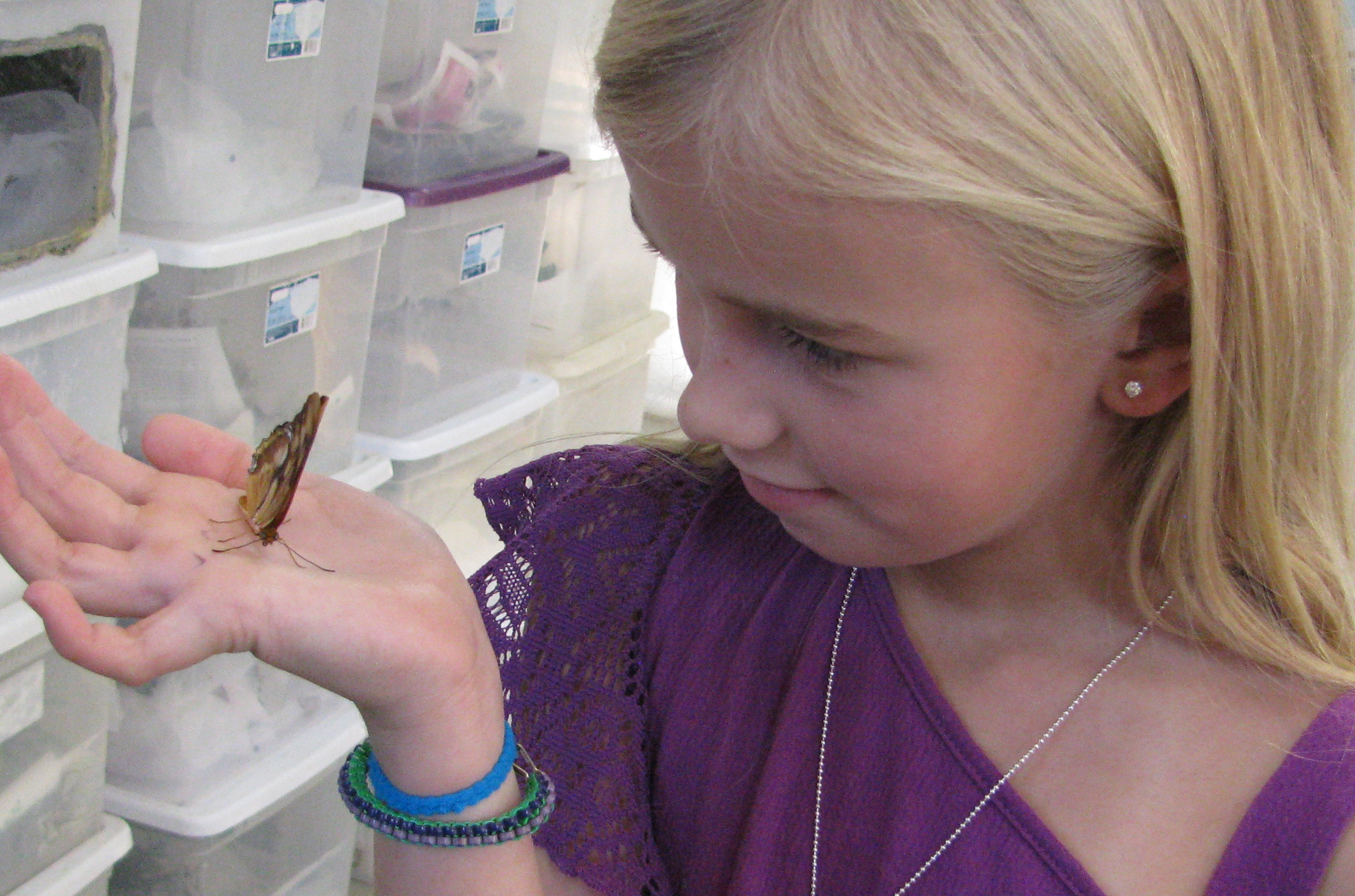
The most compelling evidence for the value of citizen science comes from documented cases where ordinary people prevented ecological disasters through their vigilance and quick action. In Australia, citizen reports helped track and ultimately control the spread of red imported fire ants, preventing their establishment across the continent. European citizens have been instrumental in monitoring the spread of the Asian hornet, providing early warnings that have allowed targeted control efforts in multiple countries. Even failed eradication attempts provide valuable lessons – citizen monitoring of the brown marmorated stink bug has helped researchers understand invasion patterns and develop more effective management strategies. These successes demonstrate that citizen science isn’t just about feel-good participation – it’s about real conservation outcomes that protect ecosystems and agricultural systems worth billions of dollars.
The Future of Collaborative Conservation

The integration of artificial intelligence, machine learning, and citizen science is creating unprecedented opportunities for early detection and rapid response to invasive species. Future apps will provide instant, highly accurate species identification, while automated analysis of citizen-contributed photos will flag potential invasive species for expert review. Satellite imagery and citizen observations are being combined to create predictive models that can identify high-risk areas before invasions occur. Genetic barcoding technology is becoming more accessible, potentially allowing citizens to contribute DNA samples for definitive species identification. The challenge now isn’t technological limitations – it’s maintaining human engagement and ensuring that technological advances enhance rather than replace the human element that makes citizen science so powerful.
Conclusion
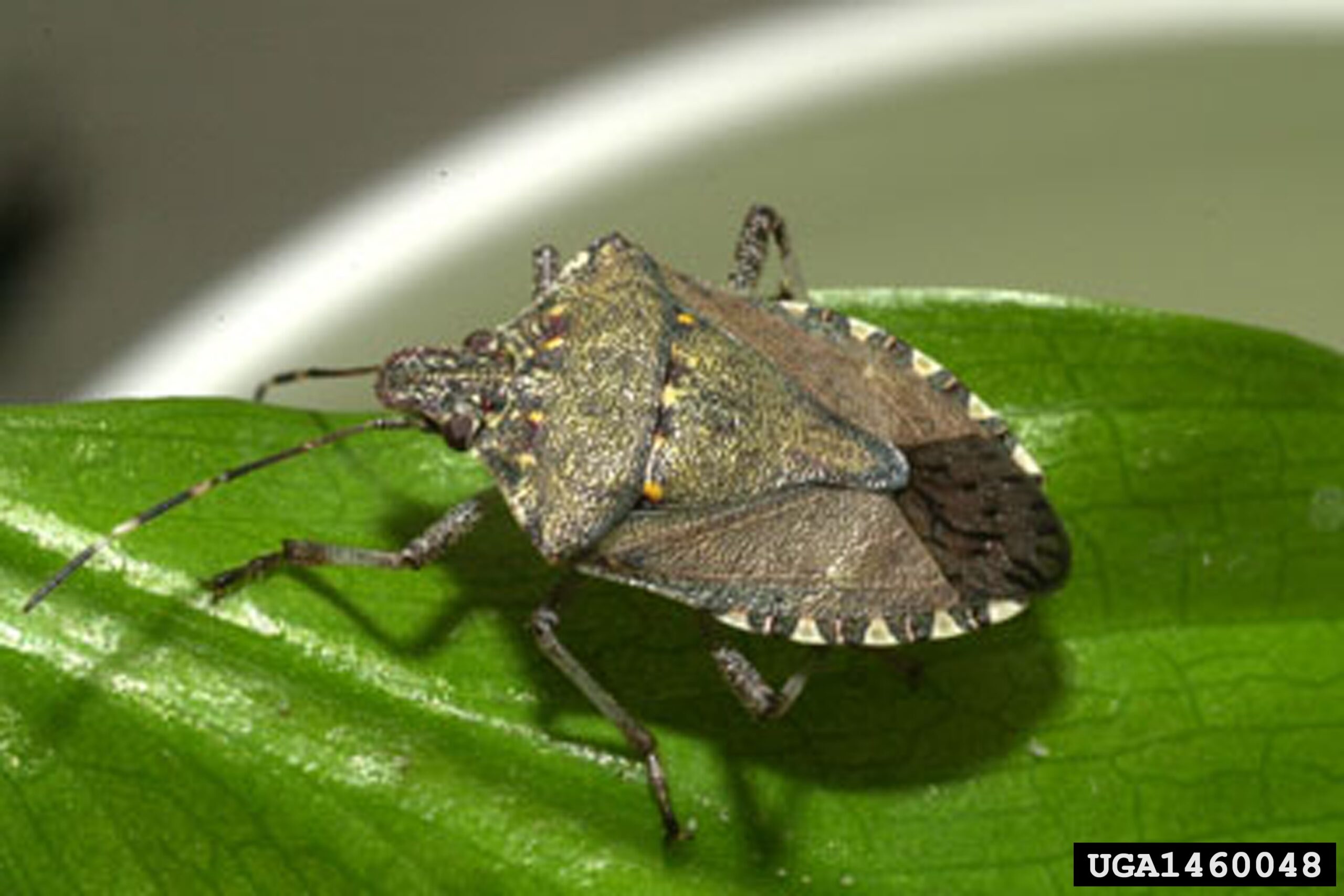
The next time you step outside, remember that you’re not just enjoying nature – you’re potentially standing guard against one of the most serious threats facing global ecosystems. Every observation you make, every unusual insect you photograph, and every report you submit contributes to a vast early warning system that protects forests, farms, and wild spaces around the world. The invasive species that could devastate your local ecosystem might be establishing itself right now in a nearby park or backyard, and you could be the person who spots it in time to make a difference. Will you be ready to recognize that moment when it comes?

